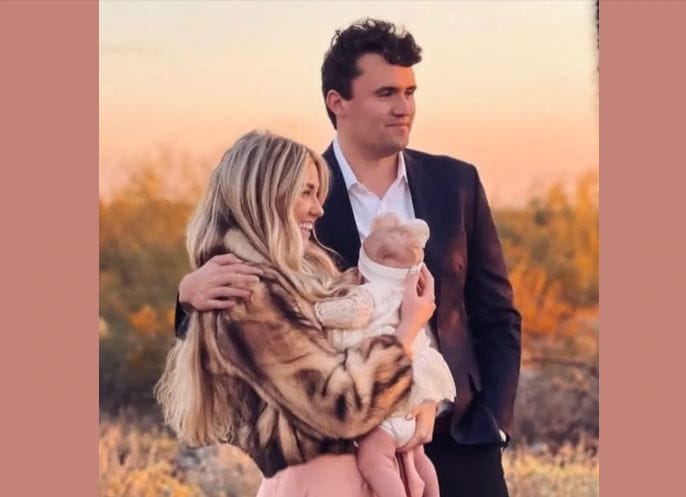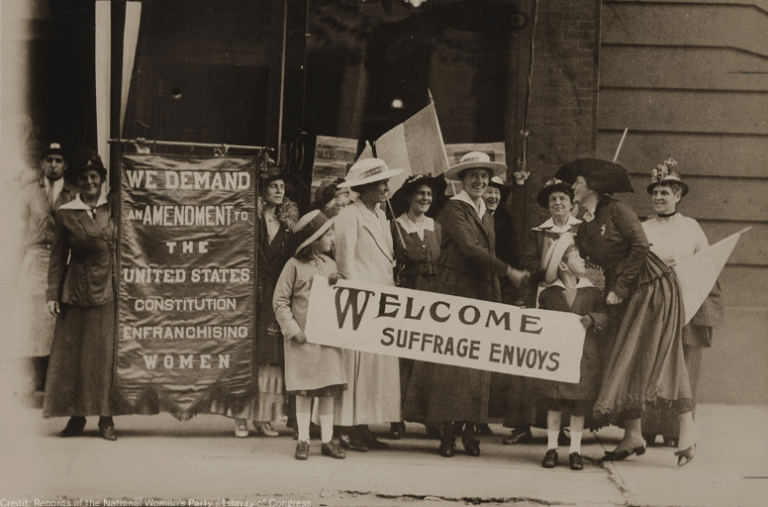The important step in communication that most people skip
Talking Next-Gen Energy
Yes, we can.
That was the message Barak Obama delivered when he lost the New Hampshire primary election to Hilary Clinton in January 2008. He repeated it ten times in two and a half minutes. The crowd chanted it back at him. More than once.
“Yes we can” became the maxim of his presidential campaign that launched him into the White House a year later.
This simple phrase encapsulated everything Obama stood for. It was a mantra repeated by supporters and critics alike.
It said: Through collective effort and hope, Americans can overcome whatever challenges they face.
What’s your Big Idea?
Before you can communicate something, you have to know what that something is.
Seems obvious, right? Except when many people are asked to state their core idea in a single sentence, they can’t do it. They pause and stare off into the distance. They use a whole paragraph.
If you can’t clarify your core point into one sentence, what hope do other people have of understanding and remembering it?
Your communication starts with your Big Idea. What’s the main point that you want to share? What do you want others to know or believe?
Any time you communicate with someone, whether over beers or from a stage, you have the chance to leave one central idea in their head.
A 10-point plan won’t be memorable. Even having three key points is typically too many.
When speaking, expect your audience to remember only one thing from what you say. What do you want that one thing to be?
This is your Big Idea, and it can have several layers of specificity.
Maybe at the highest level, your Big Idea is:
- We need energy abundance to create health, wealth, and well-being.
More specifically:
- We need to focus on building new, clean energy infrastructure.
Even more specifically:
- By enabling commercial industries to run on independent nuclear power, we can cut out a major source of carbon emissions without reducing productivity.
And one more level down:
- The energy start-up Last Energy is revolutionizing the energy sector by providing scalable, efficient, and sustainable small modular reactors for commercial and industrial applications.
Depending on who you’re talking to, your Big Idea will be more or less specific. If you’re explaining to your mom why the work you do matters, you might start at the top. If you’re talking to an energy industry VC, you’d start at the bottom, or get even more specific.
Here is the 3-step process for crafting your Big Idea:
- Identify: what’s the core idea you want to share with others?
- Clarify: write it in a single sentence.
- Simplify: revise that single sentence so a 3rd grader can understand it.
Identify
There’s probably a lot that you could talk about. Start with the topic that’s most important or that you’re most excited about.
Identifying your Big Idea is about you. This is the part of message development where you get to ignore your audience and be totally self-centered.
What do you care most about? What do you want to build your brand around? If you could speak into a magic microphone and get your audience to understand one idea, what is that idea?
Your Big Idea probably isn’t the Hot Thing of the day or what everyone on Twitter is talking about. It might not be what people invite you to talk about.
Big Ideas are about long-term value. It is the most important thing for other people to understand about the work that you do.
Clarify
Clarify your Big Idea by stating it in a single sentence that resonates with YOU.
This is your opportunity to craft a beautiful sentence that inspires you. Use precise language and jargon. Perfect that one sentence.
Don’t think about phrasing it so others will understand. Forget about framing. Just write your Big Idea in a sentence.
Capturing your core point in a single sentence may be harder than it sounds. We often think we have clarity on our Big Idea until it comes time to write it down. Keep working until you have one sentence that encapsulates your entire message.
Try using a transcription app to think out loud and record. I like Otter. It transcribes your words in real-time and removes any barrier to your ideas being captured. You then have a written draft to edit.
Simplify
Once you have your single sentence, simplify it. Remove the jargon and big words. Rewrite it so a 3rd grader could understand. Try using a tool like Hemingway or ChatGPT to analyze the grade level of your sentence.
A simplified Big Idea becomes your anchor any time you speak, whether on a podcast, from a stage, or at a networking event. You can start with it and end with it. Use it as a transition. Come back to it when you don’t know what to say next.
***
You communicate to share your ideas. That’s the whole point.
Develop your Big Idea to ensure your listeners walk away with your message cemented in their minds.
Knowing your Big Idea is the starting point for your message. The next step is to frame your Big Idea so it will resonate with each audience you want to reach. Take the clarified, simplified version of your Big Idea and package it to connect with your listeners.
I opened this article with Barack Obama’s rallying cry “yes we can.” It captures the Big Idea that unity and community action can drive political and social change.
“Yes we can” is a proverb. A clear, simple, memorable phrase that captures your Big Idea in a sticky way.
More on proverbs another time.
Subscribe to Maryrose’s Substack newsletter, Talking Next-Gen Energy




